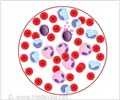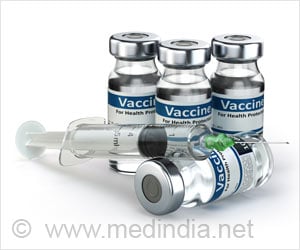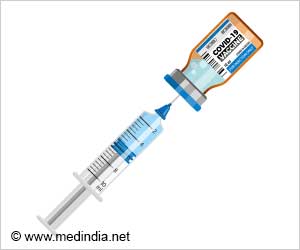Chronic Myeloid Leukemia global drug forecast and market analysis show that the launch of new drugs will not be enough to increase the market by 2030.

TOP INSIGHT
The currently marketed Chronic Myeloid Leukemia drugs will lose patent protection by 2030.
Jessica McCormack, PhD, oncology and hematology analyst at GlobalData, comments: “The patent expiry of Novartis’ previous market-leading brand, Gleevec, saw numerous generic competitors enter the market.”
Even though imatinib (in the form of branded Gleevec or a generic version) remains the first-line treatment of choice for many patients with CML, most of these sales can now be attributed to generics.
The impending patent expires for the market-leading brands will result in similar falls in sales of these branded therapies and consequently a significant fall in the total market value.
This is likely to be particularly felt in the European and Canadian markets, where there is considerable pressure on healthcare systems to opt for cheaper alternatives where these are available.
The high efficacy and relative tolerability of the currently available therapies means there is limited commercial interest in developing a new therapy for CML.
The cardiovascular risk profile associated with Iclusig means that entry of a competitor associated with fewer risks is likely to negatively impact sales of Iclusig, as physicians may switch to the safer drug.
Scemblix appears to have a favorable safety profile and is also seen to be effective in patients harboring the T315I mutation, albeit at larger doses.
Although CML is now a largely manageable disease, unmet needs do remain. For those patients progressing to the most advanced stage of CML, the blast phase, current therapies are largely inadequate.
Key opinion leaders have also expressed that there is a need to increase the proportion of patients successfully discontinuing therapy.
However, more still needs to be done to increase the number of patients who no longer need the therapy. This is vital not only for patient well being and constraining national healthcare spending but also because this research can help to improve understanding of other leukemias.
Source-Medindia
 MEDINDIA
MEDINDIA




 Email
Email









